How to find your horse's noseband size
All horses are unique, so why should we try and put them into one box for noseband size? Inca Equestrian nosebands are made differently, with a wide range of sizes to suit every horse.
This guide will walk you through how to correctly fit and check the tightness of your noseband, as well as how measure up for a custom one.
If you are unsure of your sizing or which type of bitless bridle to choose, get in touch for assistance.
Fitting a bridle?
We have a separate, longer guide dedicated to complete bridle fitting only. If you're looking for more detail on bridle sizes and fit, check that out.
This guide is intended for the nosebands of bitless bridles that use direct rein pressure: typically sidepulls and hackamores. Other types of bitless bridle, such as rope halters and Bosals, have different fit requirements and should be treated differently.
Noseband fit and positioning
To begin fitting your bitless bridle's noseband, start at the top and work downwards, beginning with adjusting your cheekpieces and headpiece.
The top edge of the noseband should sit around 2 fingers' width below the end of the cheekbone. This generally gives enough allowance for any movement in the noseband to avoid hitting that bony point, but you may need to adjust this, depending on your bridle and your horse. After fitting it while the horse is standing still, make sure to check that your bridle is not hitting the cheekbone during use as well.
If you position your noseband correctly below the cheekbone and tighten it appropriately, but find that it sits too low on the nose, then it is likely that your hackamore shanks or sidepull rings are too big for your horse. If this happens you will need to swap them out for something smaller.
Which hackamore fits your horse?
All hackamore shanks in the Inca Equestrian store have noseband size recommendations included in the description, or if you'd like a quick guide to which hackamores best fit which noseband size, check out the guide.
Once you have the noseband position correct, you can go ahead and tighten it. Ignore common guidelines such as those issued by the FEI on this matter – their measurement leaves nosebands far too tight.
Instead, we recommend as a starting point 2 fingers' distance vertically from the bridge of the horse's nose. Make sure to use this hard point to measure from as softer or indented parts of the nose may give a false reading and result in an overtightened noseband. From this starting point, you may need to further adjust the noseband to give the correct fit.

You should be able to fit two fingers easily beneath your noseband (vertically from the horse's nose).
Most equestrians are familiar with the problems an overtightened noseband causes: pain or discomfort, tension, and trapping of the jaw. But it is also important that the noseband is not too loose. A very loose noseband (on direct-reining types of bridles) causes the bridle to slip during use, which can lead to things such as the cheekpieces moving towards the eye, the upper noseband slipping down, hackamore shanks twisting and rein pressure being put in unintended places.
Ultimately, there is no specific measurement that will work for all horses and ponies, as there are many factors that affect noseband fit and how it feels to the horse. The noseband should be as loose as possible while not slipping or falling downwards during use.
How to measure your horse
To work out which standard noseband size best fits your horse, you'll need to measure the circumference of your horse's nose at the correct position for the noseband, as we covered above (around 2 fingers' width below the end of the cheekbone).
To take your measurements, you can use either a fabric tape measure, or use a piece of string and measure lengths from that.
You'll need to take your measurement as you would fit a noseband: with about 2 fingers' vertical space between the tape and the nose.
You will then need to note which type of metalwork you will be using: i.e. sidepull rings or hackamore shanks (and if so, which style).
Inca Equestrian nosebands are designed to work with both sidepull rings and hackamore shanks, but these vary in size considerably. If you're using a wide hackamore, this will add quite a bit onto your noseband, and you may want to opt for a smaller size. Conversely, if you plan to use a sidepull or a pad on the lower strap, you will need to have a bit of extra room in your noseband and may need to choose a larger size.
Work out your size
Look up your horse's size in the table below. Choose the size closest to your horse's measurement. Make sure you consider the metalwork you will be using.
| Noseband size | Measurement (hackamores) | Measurement (sidepulls) |
| Extra small | 35 | 30 |
| Small | 45 | 40 |
| Medium | 55 | 50 |
| Large | 65 | 60 |
| Extra large | 75 | 70 |
If you're unsure what size is best for your horse, or they're in between sizes, please get in touch for advice. If you would like something made-to-measure or in a different colour, you can place a custom order here.

